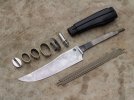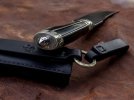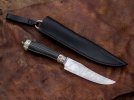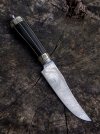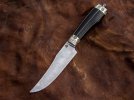oldmanwilly
Gold Member
- Joined
- Mar 7, 2014
- Messages
- 3,982
These are so cool! Intricate construction with designs that look like they would be excellent in use. Please keep them coming.
The BladeForums.com 2024 Traditional Knife is available! Price is $250 ea (shipped within CONUS).
Order here: https://www.bladeforums.com/help/2024-traditional/
Thanks.Some beautiful blades you make!!!! Are any this style for sale?
Looking forward to it......Thanks.
I’m currently working on custom orders. If I have something made and in stock, I might offer it for sale here.



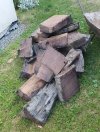

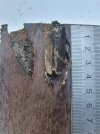
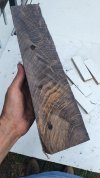

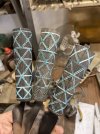

I'm really glad you chose to post here. Fascinating knives and stories to go along with them.
Can you recommend a thread that focuses on this topic? For now, I’ll keep posting here so everything stays under one roof.I concur 100%. I wonder if OP should post a few pictures in the traditional forum: these knives certainly qualify as faithful recreations of traditional patterns and I think the good folks on the Porch would enjoy seeing them.
On another note, I think I know what I'll do the next time I stumble across some mammoth tusks (trade them for a knife or two from OP).








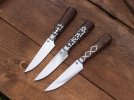
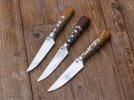
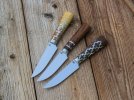





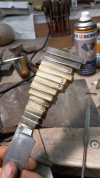
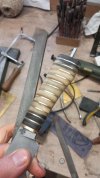
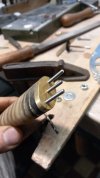

Blade material: stainless Damascus steel Balbachdamast
Handle: horse-hoof horn and brass
Overall length: 26 cm
View attachment 3034089
View attachment 3034080
View attachment 3034081
View attachment 3034082
View attachment 3034084
“Thank you, I appreciate it.EXQUISITE...... And that feels like I'm short changing you.....A lot......
One way or another I'm gonna need something made by those hands of yours.........
